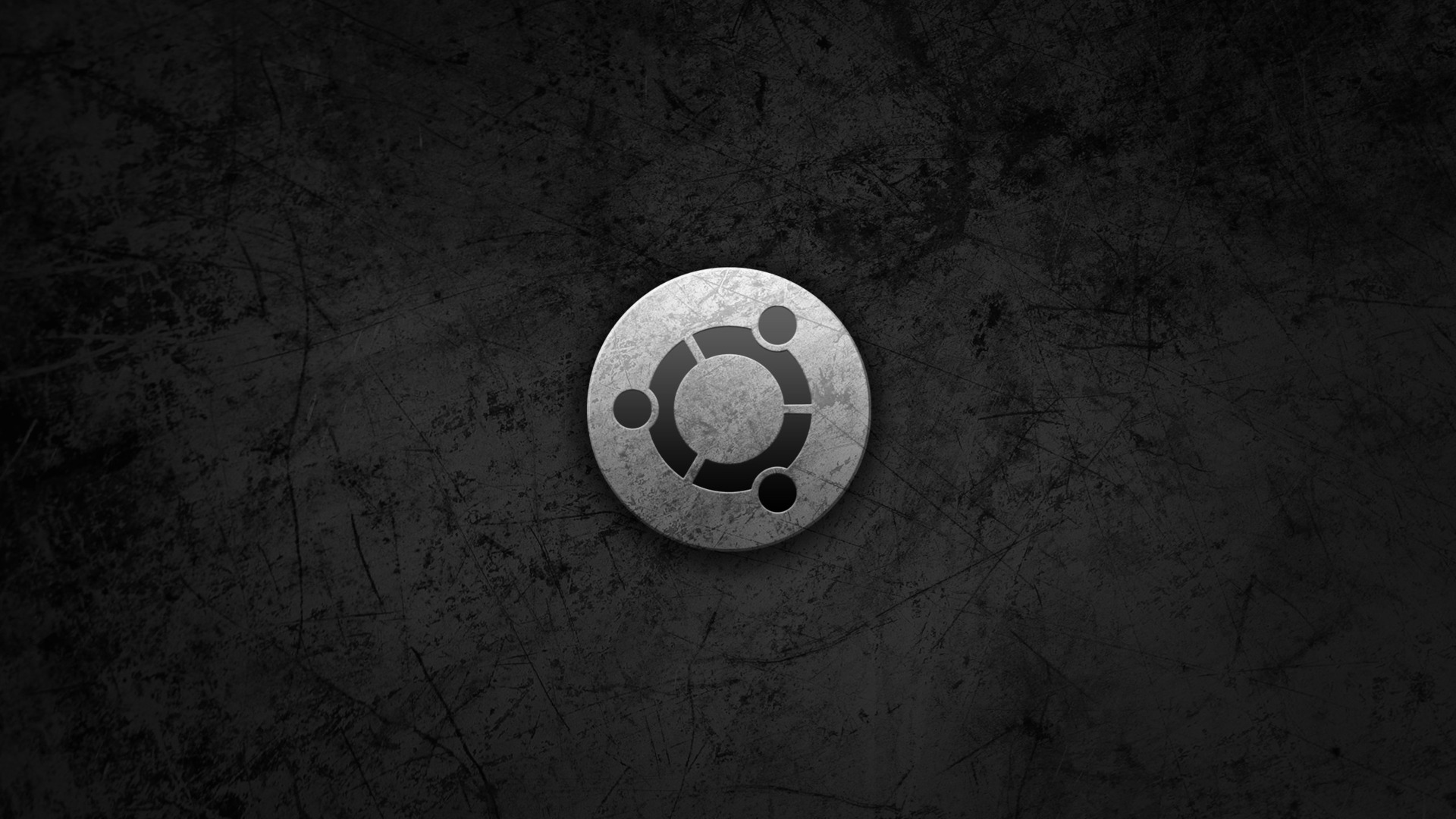Want to transform your Ubuntu into a Dev machine? Checkout our tools we use in coding.
Install Dev Libs
Type this command sudo apt install -y libssl-dev libreadline-dev zlib1g-dev
#####Setup Terminator Terminator will help us to produce an efficient way of filling a large area of screen space with terminals. The user can have multiple terminals in one window and use key bindings to switch between them.
To install Terminator run this command in your terminal:
sudo apt install Terminator
Or
- Go to Ubuntu Software.
- Install Terminator
Optional Configurations:
- Open Terminator
- Right click on the terminal.
- Click Preferences
- Select Keybindings
- Set split_horiz: Shift+Alt+D
- Set split_ver: Alt+D
Installing and Setting up Git
GIT will be our primary code repository to use, it allows the team to work together, using the same files.
install git by running this command:
sudo apt install git
Setting up git configs
Run the following commands:
1. git config --global push.default simple
2. git config --global user.email "<youremail>"
3. git config --global user.name "<yourname>"
4. git config --global alias.lg "log --color --graph --pretty=format:'%Cred%h%Creset -%C(yellow)%d%Creset %s %Cgreen(%cr) %C(bold blue)<%an>%Creset' --abbrev-commit"
Install Vim
- run this command
sudo apt install vim-gtk-py2
Sync your bash alias as seen below:
- go to bashrc by running this command: vim ~/.bashrc and paste this code
#Git Aliases
alias gs="git status --short"
alias go="git checkout "
alias ga="git add "
alias gp="git push -u origin "
alias gl="git pull origin "
alias gc="git commit "
alias gh="git lg"
alias gf="git fetch"
alias l="ls -a"
alias f="xdg-open"
Install Rbenv
Step 1: This will get you going with the latest version of rbenv
$ git clone https://github.com/rbenv/rbenv.git ~/.rbenv
Step 2: Add ~/.rbenv/bin to your $PATH for access to the rbenv command-line utility.
Run this code:
$ echo 'export PATH="$HOME/.rbenv/bin:$PATH"' >> ~/.bashrc
Step 3: Run ~/.rbenv/bin/rbenv init for shell-specific instructions on how to initialize rbenv to enable shims and autocompletion.
go to ~/.bashrc and paste this code:
eval "$(rbenv init -)"
for more info, go to this link:
https://github.com/rbenv/rbenv#basic-github-checkout
#####Install Ruby-build
Installing ruby-build as an rbenv plugin will give you access to the rbenv install command.
run this command:
git clone https://github.com/rbenv/ruby-build.git ~/.rbenv/plugins/ruby-build
This will install the latest development version of ruby-build into the ~/.rbenv/plugins/ruby-build directory. From that directory, you can check out a specific release tag. To update ruby-build, run git pull to download the latest changes.
To install a Ruby version you want to use with rbenv, run rbenv install with the exact version you want to install. example: rbenv install <version 2.3.1>
we need 2.3.1 because vim package that we installed is using ruby 2.3.1
Ruby versions will be installed into a directory of the same name under ~/.rbenv/versions.
To check the rbenv versions you've installed. run this command rbenv versions.
to set what version of rbenv you what to use as global. run this command rbenv global <version 2.3.1>
To check the ruby versions you've installed. run this command ruby -v.
for more info, go to this link:
https://github.com/rbenv/ruby-build#readme
#####Vim Configurations ######Preq: vim configurations are manage by bower. For this to work, you need to install node, bower, and vim. Below are the steps:
1. Install NVM for Node
Follow the steps in nvm by creationix which is to run the command below for Linux setup:
curl -o- https://raw.githubusercontent.com/creationix/nvm/v0.31.1/install.sh | bash
After the installation,
run this command nvm ls-remote to check the latest node versions.
To install the version you want to use just run this command:
nvm install <version ex: v4.5.1>.
2.Install Bower
Just run this command: npm install -g bower
Setup
- 1.Go to ~
- 2.Clone the repo from Pragtechnologies. If ==/.vim== already exists, delete it.
- 3.Run
bower install - 4.You need to move the autoload folder of vim-pathogen in the ~/.vim directory. Run the following:
mv bundle/vim-pathogen/autoload .
Run this code to reset your vim, and get all the updated vim pluggins from Pragtechnologies
curl -o- https://raw.githubusercontent.com/Pragtechnologies/.scripts/master/vim-setup.sh | bash
Extra Step:
Copy the code from this link:
https://gist.github.com/ngdelcastillo/68171e2527d8b002f563f437f6794aea#file-vimrc
and Paste it inside ~/.vimrc
#####Setup Bash for Git To clone the repository from github to your home directory, run this command: `git clone https://github.com/magicmonty/bash-git-prompt.git .bash-git-prompt --depth=1`
then add this code to the vim ~/.bashrc:
source ~/.bash-git-prompt/gitprompt.sh GIT_PROMPT_ONLY_IN_REPO=1
